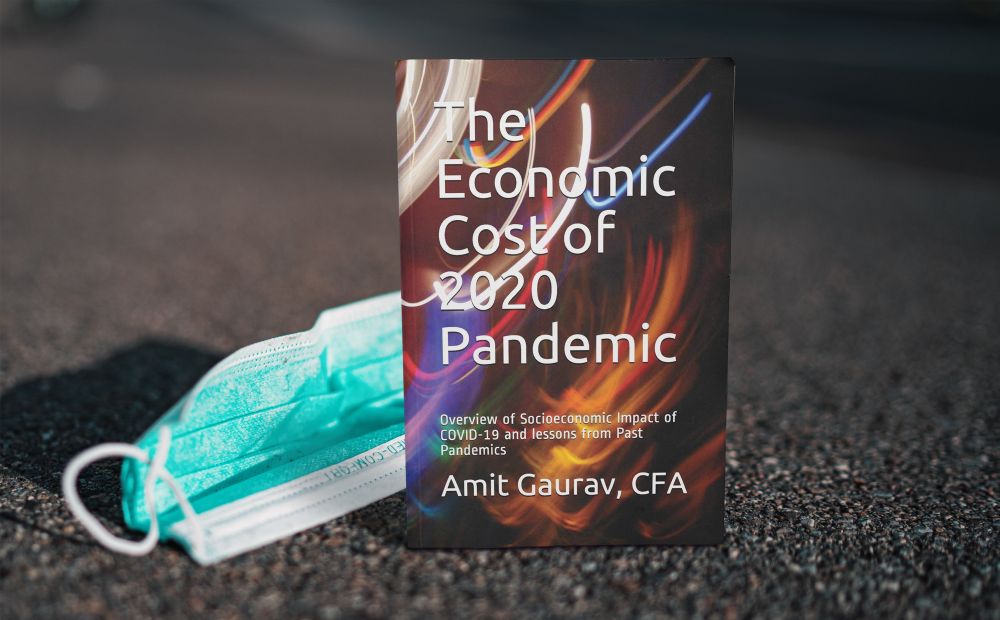
Overview of socio-economic Impact of COVID-19 and lessons from Past Pandemics
A personal message from the author:
Coronavirus is still wracking the havoc even after 3 months of its origination. There are no vaccines in the sight for the next few months though more than 100 candidates are toiling to get lucky. There is a higher likelihood of arrival of a second wave of this Pandemic as happened during all previous Pandemic (Spanish flu, Asian Flu and Hong Kong Flu). Second wave in all previous Pandemics was more severe than the first wave.
There are so many unknowns about the life during and after this Pandemic. There are so many unknowns for policy makers. There is a trade-off for the policymakers to either save the economy from freefall or contain the Pandemic, save important lives and prevent further transmission.
Each passing day during this Pandemic has an economic cost associated with it.
This book attempts to provide a ground reality of this Pandemic from Socio-economic standpoint. It tries to understand the economic cost of this Pandemic for different regions across the globe. It also tries to delve deeper into the recent history (not too far away from the present) of past 100 years and analyse the socio-economic impact of past pandemics. Impact of previous pandemic may not be perfectly correlated with the prevailing 2020 Pandemic, but the history does provide a good baseline to understand the consequences of such Pandemics.
— Amit Gaurav CFA
COVID-19 has stirred the lives of many across the world. This epidemic has been upgraded to Pandemic on 11 March 2020 by WHO. In its initial period, during January 2020, besides China, it had alerted only the neighboring Asian countries, Taiwan, HK and Japan. Other countries were watching the new cases being reported in these countries. Authorities in these regions worked hard to contain the spread till Mid-March 2020.
Then Europe felt the brunt of this Pandemic and in few weeks, it engulfed whole Europe with severe level of infection and mortality rate. Then it struck the US with even a higher infection rate than Europe but with a bit lower mortality rate. For many people, it is a calamity of unprecedented magnitude. People have been forced by this virus to stay at home. Their lifestyle has changed drastically during the past 2 months because of containment measures and constant fear of getting infected.
People are glued to websites that publish the daily infection number. Many of us are keen to see the flattening of the infection rate curve at the earliest.
I hope you will find this book helpful.
